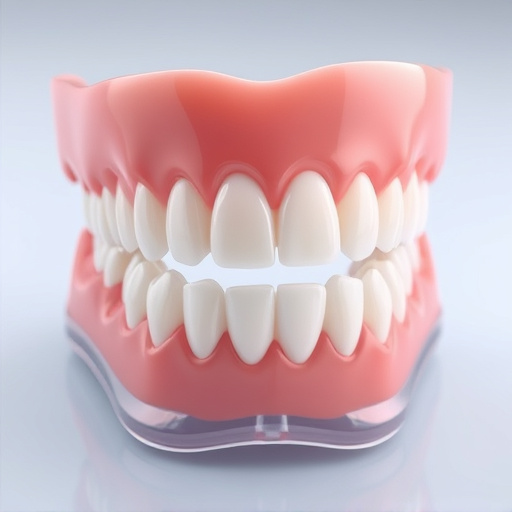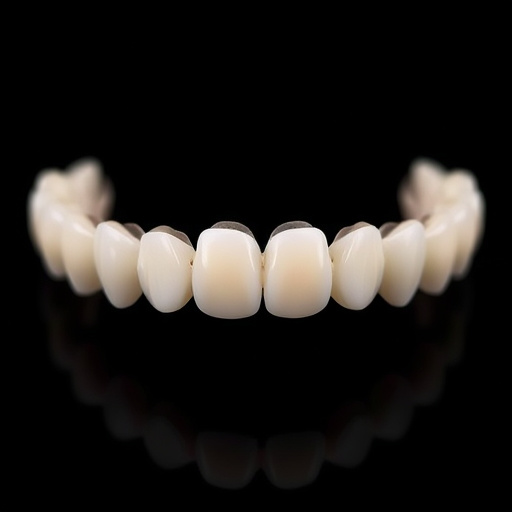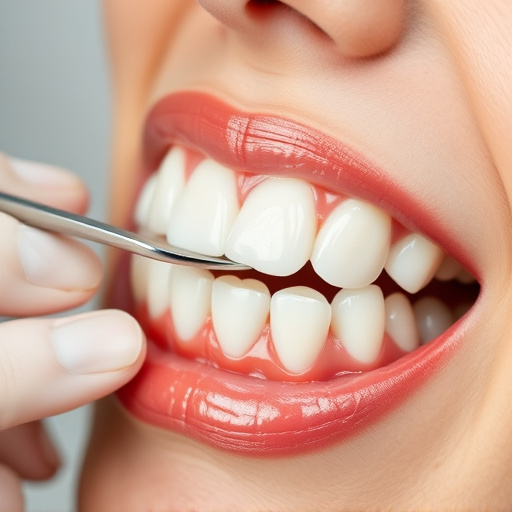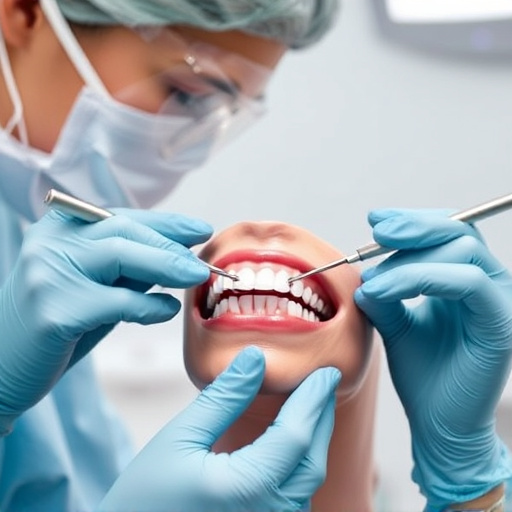Conservative dental treatments focus on preserving natural tooth structures through minimal invasive procedures. Restorative dentistry uses materials mimicking natural enamel for various solutions. Clear aligners address minor misalignments, while dental implants offer permanent replacements for missing teeth. These methods, including fillings, crowns, root canals, and wisdom tooth removal, prioritize long-term oral health, aesthetics, and functionality, boosting confidence and accessibility to quality care across all age groups.
Discover the often-overlooked benefits of conservative dental treatment options. This approach prioritizes minimal intervention, preserving your natural tooth structure while maintaining oral health. In this guide, we’ll explore ‘Understanding Conservative Dental Treatments’ and delve into ‘The Advantages’ these methods offer. From ‘Exploring Common Procedures’ to understanding their long-term benefits, you’ll gain insights that could revolutionize your dental care journey. Embrace a conservative approach for a healthier, more natural smile.
- Understanding Conservative Dental Treatments: Uncovering Minimal-Impact Options
- The Advantages of Opting for Conservative Approaches in Dentistry
- Exploring Common Conservative Procedures and Their Long-Term Benefits
Understanding Conservative Dental Treatments: Uncovering Minimal-Impact Options
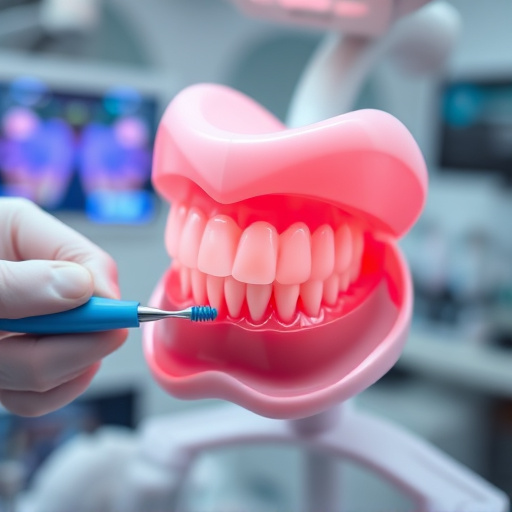
Conservative dental treatments focus on minimizing invasive procedures to preserve natural tooth structures as much as possible. This approach is ideal for patients seeking long-lasting solutions with minimal discomfort and downtime. Restorative dentistry plays a significant role in this philosophy, aiming to restore teeth to their original health and function using materials that mimic natural enamel. One popular example is clear aligners, which offer a virtually invisible way to correct minor to moderate misalignments without the need for metal braces.
For cases where tooth loss has occurred, dental implants provide a permanent solution by replacing missing roots with surgical fixtures, allowing for the restoration of individual teeth or entire arches. This advanced technique not only enhances aesthetics but also promotes better oral health by maintaining the natural alignment and density of surrounding bone structures. By opting for these minimal-impact options within conservative dental treatment, patients can achieve optimal results while preserving their natural dentition.
The Advantages of Opting for Conservative Approaches in Dentistry
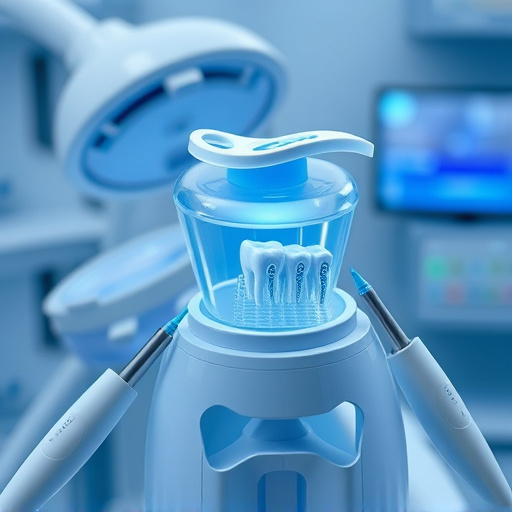
Choosing conservative dental treatment options offers numerous advantages for patients seeking to maintain optimal oral health while minimizing intervention. These approaches prioritize preserving as much natural tooth structure as possible, which can lead to better long-term outcomes and reduced need for more invasive procedures later on. For example, instead of opting for dental implants that may be costly and require multiple surgeries, conservative treatments like cosmetic fillings can effectively restore damaged teeth, enhancing their appearance and functionality without the same level of complexity.
In children’s dentistry, conservative methods are particularly beneficial for young patients whose mouths are still developing. By focusing on preventative care and minimally invasive procedures such as regular cleanings and cosmetic fillings, dentists can help children maintain healthy smiles that will last a lifetime. This proactive approach not only saves time and money in the long run but also fosters good oral hygiene habits from an early age.
Exploring Common Conservative Procedures and Their Long-Term Benefits

Exploring Common Conservative Procedures offers a multitude of benefits for dental health and well-being in the long term. These procedures range from simple tooth repairs, such as fillings and crowns, to more complex yet conservative options like root canals and minor oral surgeries. For instance, a child’s dentistry visit focusing on preventive care can set the stage for a lifetime of healthy smiles. Similarly, wisdom tooth removal, when necessary, can prevent future issues like infections or impacted teeth, ensuring optimal jaw alignment and overall oral health.
By opting for conservative treatments, individuals not only avoid extensive procedures but also preserve natural tooth structure. This approach is particularly beneficial for maintaining the aesthetic appeal and functionality of one’s smile, thereby boosting confidence and self-esteem. Moreover, conservative dental treatment options are cost-effective, making quality oral care accessible to a wider range of people, promoting better oral hygiene practices across all age groups, from children’s dentistry to adult maintenance.
Conservative dental treatments offer a minimal-impact approach that not only preserves your natural tooth structure but also provides long-term benefits. By opting for these careful and precise procedures, you can maintain oral health while enjoying enhanced aesthetics and improved functionality. Incorporating conservative dentistry into your routine care is a wise decision that can lead to a healthier, happier smile for years to come.


